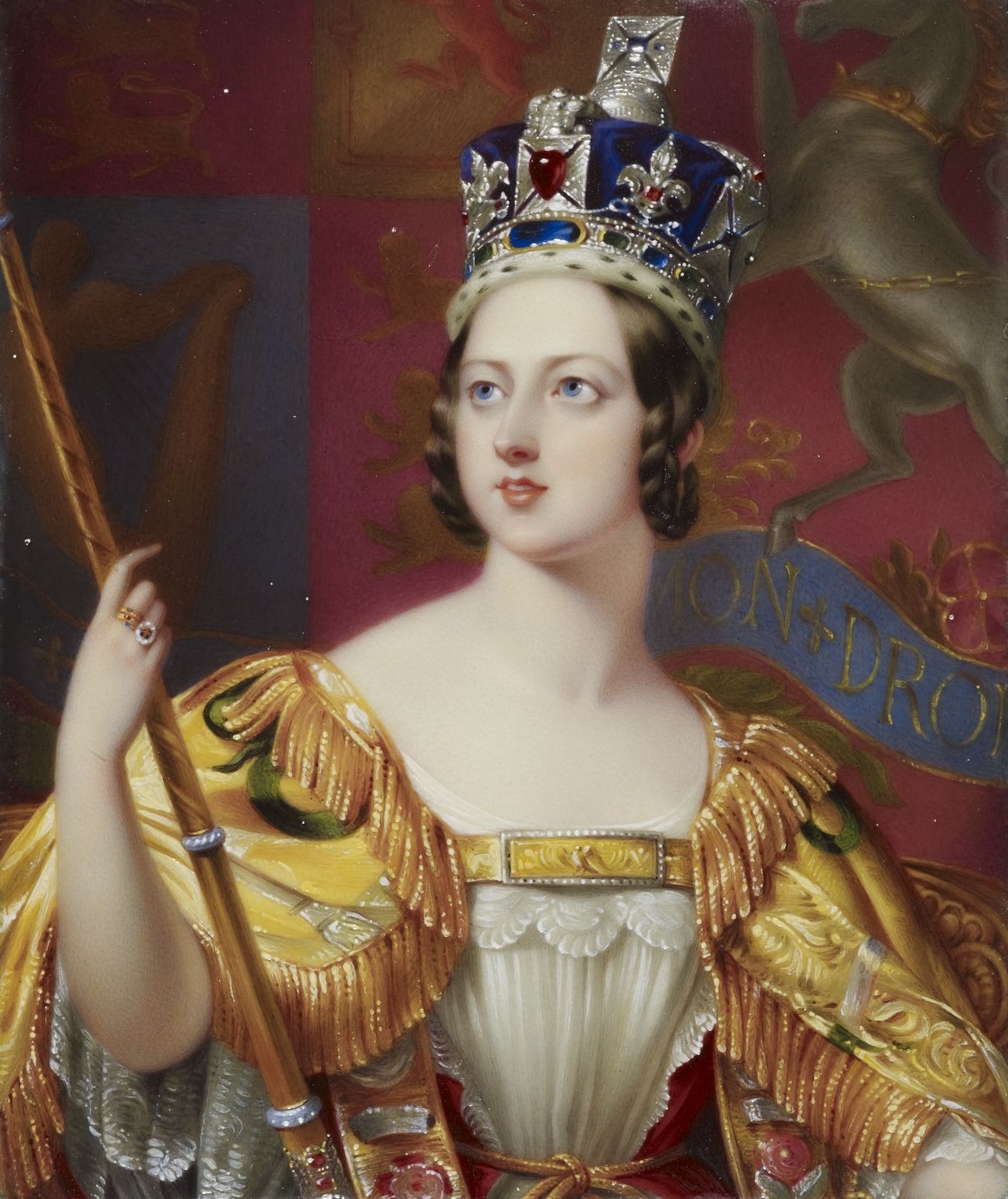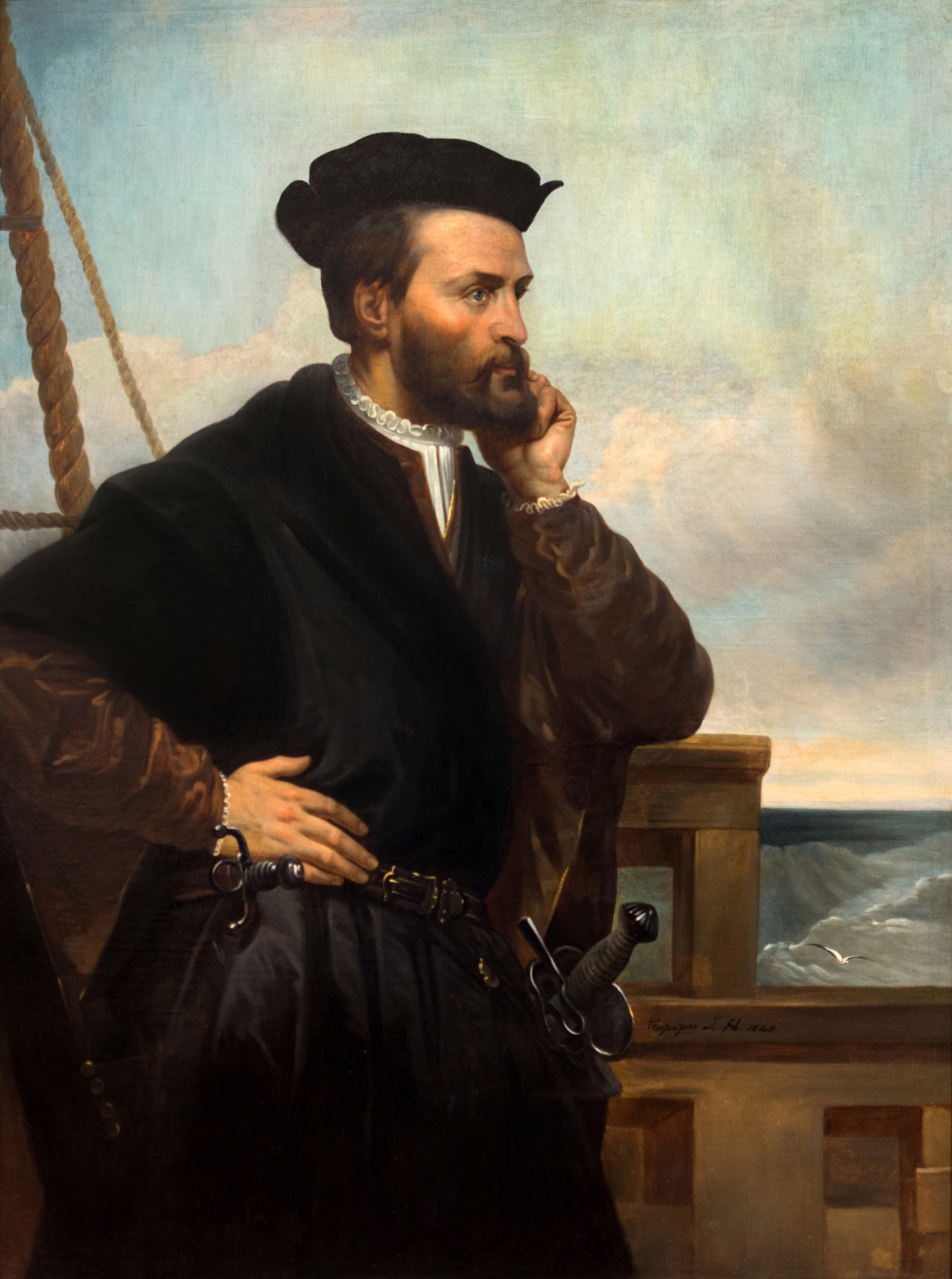|
Patriote Popular Assemblies
The Patriote popular assemblies gathered supporters and leaders of the Patriote movement and the Parti patriote in 1837 Lower Canada. The assemblies, concentrated in the Montreal and Montérégie region, saw votes on resolutions and speeches of some of Lower Canada's most reputed orators. History The resolutions and the speeches often protested against the Russell Resolutions and what the Patriotes saw as the injustice of the colonial government that imposed its will by force and without the direct democratic participation of the people. A number of occasions honored Patriote leader Louis-Joseph Papineau. The text of the resolutions were often prepared by members of a permanent central committee in Montreal. Speeches also appealed to either economic boycotts of British products or to an armed uprising. Papineau believed in the former while Wolfred Nelson became a proponent of the latter. Often, allusions were also made to the great liberty of the United States of America and the ... [...More Info...] [...Related Items...] OR: [Wikipedia] [Google] [Baidu] |
Lower Canada Rebellion
The Lower Canada Rebellion (french: rébellion du Bas-Canada), commonly referred to as the Patriots' War () in French, is the name given to the armed conflict in 1837–38 between rebels and the colonial government of Lower Canada (now southern Quebec). Together with the simultaneous rebellion in the neighbouring colony of Upper Canada (now southern Ontario), it formed the Rebellions of 1837–38 (). As a result of the rebellions, the Province of Canada was created from the former Lower Canada and Upper Canada. History The rebellion had been preceded by nearly three decades of efforts at political reform in Lower Canada, led from the early 1800s by James Stuart and Louis-Joseph Papineau, who formed the Parti patriote and sought accountability from the elected general assembly and the appointed governor of the colony. After the Constitutional Act 1791, Lower Canada could elect a House of Assembly, which led to the rise of two parties: the English Party and the Canadia ... [...More Info...] [...Related Items...] OR: [Wikipedia] [Google] [Baidu] |
1837 Conferences
Events January–March * January 1 – The destructive Galilee earthquake causes 6,000–7,000 casualties in Ottoman Syria. * January 26 – Michigan becomes the 26th state admitted to the United States. * February – Charles Dickens's ''Oliver Twist'' begins publication in serial form in London. * February 4 – Seminoles attack Fort Foster in Florida. * February 25 – In Philadelphia, the Institute for Colored Youth (ICY) is founded, as the first institution for the higher education of black people in the United States. * March 1 – The Congregation of Holy Cross is formed in Le Mans, France, by the signing of the Fundamental Act of Union, which legally joins the Auxiliary Priests of Blessed Basil Moreau, CSC, and the Brothers of St. Joseph (founded by Jacques-François Dujarié) into one religious association. * March 4 ** Martin Van Buren is sworn in as the eighth President of the United States. ** The city of Chicago is incorporated. April–June * April 12 � ... [...More Info...] [...Related Items...] OR: [Wikipedia] [Google] [Baidu] |
Timeline Of Quebec History
This article presents a detailed timeline of Quebec history. Events taking place outside Quebec, for example in English Canada, the United States, Britain or France, may be included when they are considered to have had a significant impact on Quebec's history. * 1533 and before * 1534 to 1607 * 1608 to 1662 * 1663 to 1759 * 1760 to 1773 * 1774 to 1790 * 1791 to 1840 * 1841 to 1866 * 1867 to 1899 * 1900 to 1930 * 1931 to 1959 * 1960 to 1981 * 1982 to present See also * List of Quebec general elections * History of Quebec * History of North America * List of years in Canada * List of Quebecers * Quebec politics * Timeline of Montreal history *New France External linksQuebec History Chronologies1524-2003: From New France to Modern QuebecThe 1837 Rebellions(in French) National Assembly historical data(in French) Chronologie de l'histoire du Québec(in French) (in French) Rond-point : Histoire du Québec(in French) L'influence amérindienne sur la société canadienne du rég ... [...More Info...] [...Related Items...] OR: [Wikipedia] [Google] [Baidu] |
History Of Quebec
Quebec was first called ''Canada'' between 1534 and 1763. It was the most developed colony of New France as well as New France's centre, responsible for a variety of dependencies (ex. Acadia, Plaisance, Louisiana, and the Pays d'en Haut). Common themes in Quebec's early history as ''Canada'' include the fur trade -because it was the main industry- as well as the exploration of North America, war against the English, and alliances or war with Native American groups. Following the Seven Years' War, Quebec became a British colony in the British Empire. It was first known as the Province of Quebec (1763–1791), then as Lower Canada (1791–1841), and then as Canada East (1841–1867) as a result of the Lower Canada Rebellion. During this period, the inferior socio-economic status of francophones (because anglophones dominated the natural resources and industries of Quebec), the Catholic church, resistance against cultural assimilation, and isolation from non English-speaki ... [...More Info...] [...Related Items...] OR: [Wikipedia] [Google] [Baidu] |
Quebec Independence Movement
The Quebec sovereignty movement (french: Mouvement souverainiste du Québec) is a political movement whose objective is to achieve the sovereignty of Quebec, a province of Canada since 1867, including in all matters related to any provision of Quebec's public order that is applicable on its territory. Sovereignists suggest that the people of Quebec make use of their right to self-determination – a principle that includes the possibility of choosing between integration with a third state, political association with another state or independence – so that Quebecois, collectively and by democratic means, give themselves a sovereign state with its own independent constitution. Quebec sovereigntists believe that such a sovereign state, the Quebec nation, will be better equipped to promote its own economic, social, ecological and cultural development. Quebec's sovereignist movement is based on Quebec nationalism. Overview Ultimately, the goal of Quebec's sovereignist movement ... [...More Info...] [...Related Items...] OR: [Wikipedia] [Google] [Baidu] |
Quebec Nationalism
Quebec nationalism or Québécois nationalism is a feeling and a political doctrine that prioritizes cultural belonging to, the defence of the interests of, and the recognition of the political legitimacy of the Québécois nation. It has been a movement and a central issue in Quebec politics since the beginning of the 19th century. Québécois nationalism has seen several political, ideological and partisan variations and incarnations over the years. Quebec nationalism plays a central role in the political movement for the independence of Quebec. Several groups and political parties claim to be Québécois nationalists. The autonomist political parties, which do not want the sovereignty of Quebec but the expansion of its powers and the defence of its specificity within Canada, such as the Coalition Avenir Québec, also claim to be Québécois nationalists. Quebec nationalism was first known as "French Canadian nationalism". The term was replaced by "Québécois nationali ... [...More Info...] [...Related Items...] OR: [Wikipedia] [Google] [Baidu] |
List Of The Public Meetings Held In Lower Canada Between May And November 1837
This is a list of the public meetings held in Lower Canada between May and November 1837, both those held by the Parti patriote as well as those held by the Constitutional Party. On June 15th, Governor Gosford issued a proclamation forbidding public county meetings. The proclamation was ignored. On June 29th, Constitutionals started holding their own county meetings. References * Jean-Paul Bertrand Jean Paul or ''variation'' may refer to: Places * Rue ''Jean-Paul-II'', several streets, see List of places named after Pope John Paul II * Place ''Jean Paul II'', several squares, see List of places named after Pope John Paul II People Given n .... (1988) ''Assemblées publiques, résolutions et déclarations de 1837-1838'', Montréal: VLB Éditeur and the Union des écrivains québécois, 304 pages {{ISBN, 2-89005-313-X Lower Canada Lower Canada Rebellion 1837 in Lower Canada 1837 conferences ... [...More Info...] [...Related Items...] OR: [Wikipedia] [Google] [Baidu] |
Quebec
Quebec ( ; )According to the Government of Canada, Canadian government, ''Québec'' (with the acute accent) is the official name in Canadian French and ''Quebec'' (without the accent) is the province's official name in Canadian English is one of the thirteen provinces and territories of Canada. It is the List of Canadian provinces and territories by area, largest province by area and the second-largest by Population of Canada by province and territory, population. Much of the population lives in urban areas along the St. Lawrence River, between the most populous city, Montreal, and the provincial capital, Quebec City. Quebec is the home of the Québécois people, Québécois nation. Located in Central Canada, the province shares land borders with Ontario to the west, Newfoundland and Labrador to the northeast, New Brunswick to the southeast, and a coastal border with Nunavut; in the south it borders Maine, New Hampshire, Vermont, and New York (state), New York in the United ... [...More Info...] [...Related Items...] OR: [Wikipedia] [Google] [Baidu] |
Sillery, Quebec City
) , image_skyline = WPQc-170 Parc du Bois-de-Coulonge - Église St-Michel de Sillery.JPG , imagesize = 260px , image_alt = Saint Michel of Sillery Church and the Saint Lawrence River in the background , image_caption = , image_flag = , flag_alt = , image_seal = , seal_alt = , image_shield = Blason Brulart (Crosne).svg , shield_size = 120px , shield_alt = Brulat coat of arms , etymology = Noël Brûlart de Sillery , nickname = , motto = la, Non multa sed multum (Not many things but much) , pushpin_map = Canada Quebec City , pushpin_mapsize = 260px , pushpin_label_position = , pushpin_map_alt = A map illustrating the location of Sillery within the boundaries of Quebec City. , pushpin_map_caption = Sillery within Québec City , coordinates = ... [...More Info...] [...Related Items...] OR: [Wikipedia] [Google] [Baidu] |
Martin Van Buren
Martin Van Buren ( ; nl, Maarten van Buren; ; December 5, 1782 – July 24, 1862) was an American lawyer and statesman who served as the eighth president of the United States from 1837 to 1841. A primary founder of the Democratic Party, he served as New York's attorney general, U.S. senator, then briefly as the ninth governor of New York before joining Andrew Jackson's administration as the tenth United States secretary of state, minister to the United Kingdom, and ultimately the eighth vice president of the United States when named Jackson's running mate for the 1832 election. Van Buren won the presidency in 1836, lost re-election in 1840, and failed to win the Democratic nomination in 1844. Later in his life, Van Buren emerged as an elder statesman and an important anti-slavery leader who led the Free Soil Party ticket in the 1848 presidential election. Van Buren was born in Kinderhook, New York, where most residents were of Dutch descent and spoke Dutch as their prima ... [...More Info...] [...Related Items...] OR: [Wikipedia] [Google] [Baidu] |
Frères Chasseurs
The Frères chasseurs (French for "Hunter Brothers") were a paramilitary organization that fought in the Patriote Rebellion on the Patriote side, seeking to make Lower Canada, now Quebec, an independent and democratic republic. After the failure of the first uprising of 1837, the Frères chasseurs organization was founded in 1838 by Robert Nelson, Cyrille-Hector-Octave Côté (the vice president), Edmond-Élisée Malhiot, Antoine Doré, Julien Gagnon, Louis-Guillaume Lévesque, François Mercure, François Lemaître, Célestin Beausoleil and David Rochon. In September, it was composed of at least 35 lodges. The Frères chasseurs attempted to invade Lower Canada from the United States to defeat the British army and its volunteers. On 22 February 1838, president Robert Nelson declared the independence of Lower Canada. Bishop Jean-Jacques Lartigue obtained information about the group and communicated it to John Colborne, who in turn used it to quell the Frères chasseurs. Members ... [...More Info...] [...Related Items...] OR: [Wikipedia] [Google] [Baidu] |







